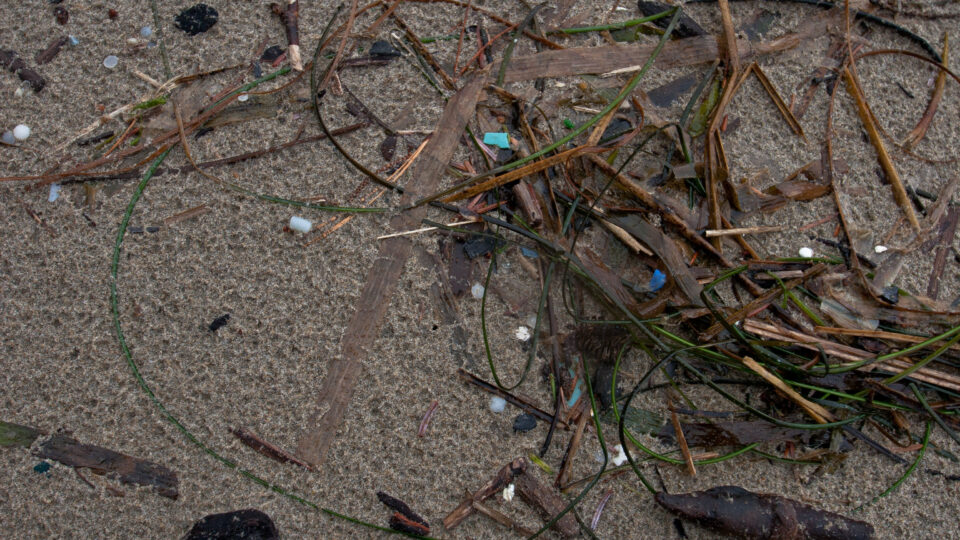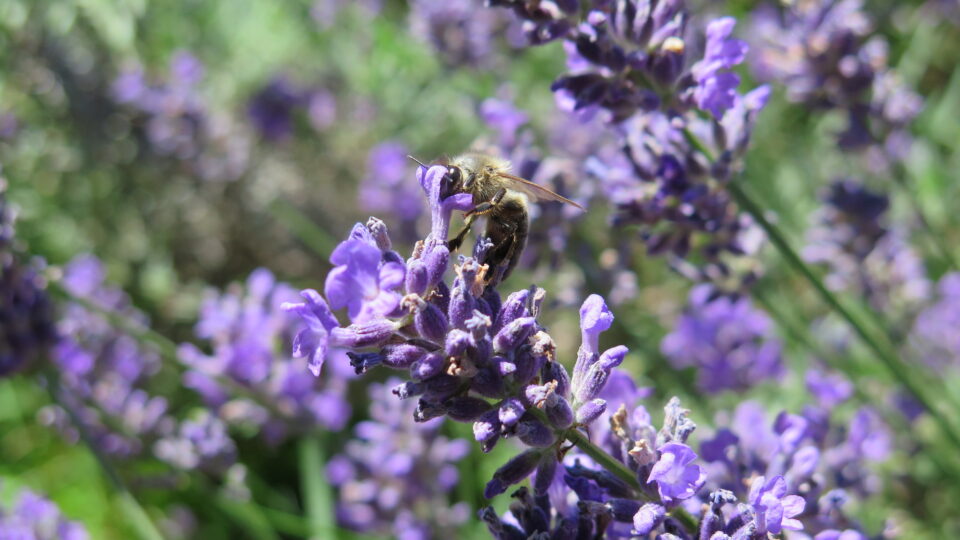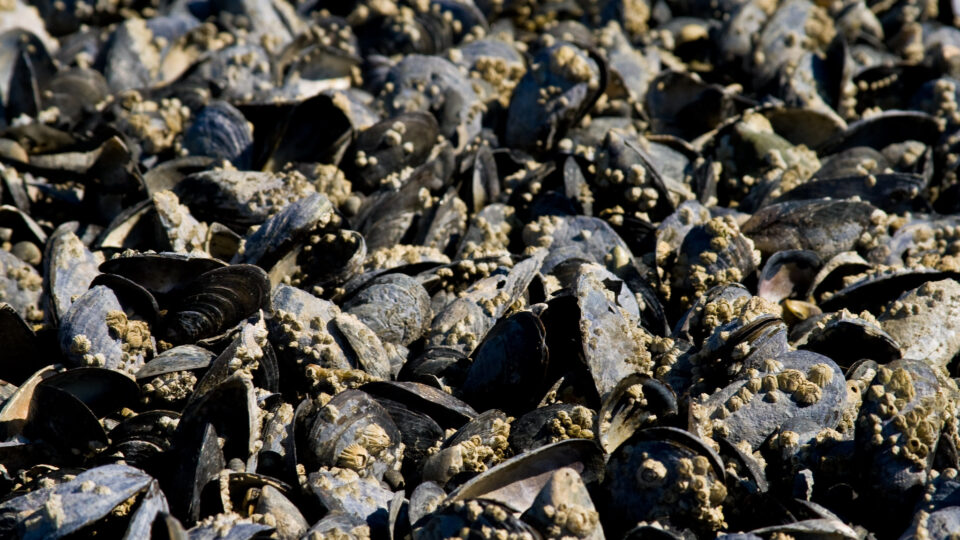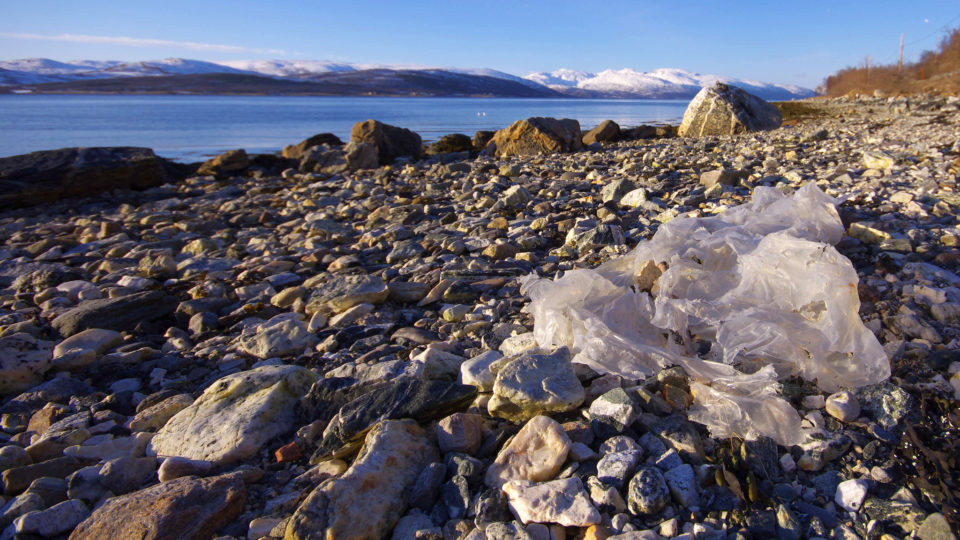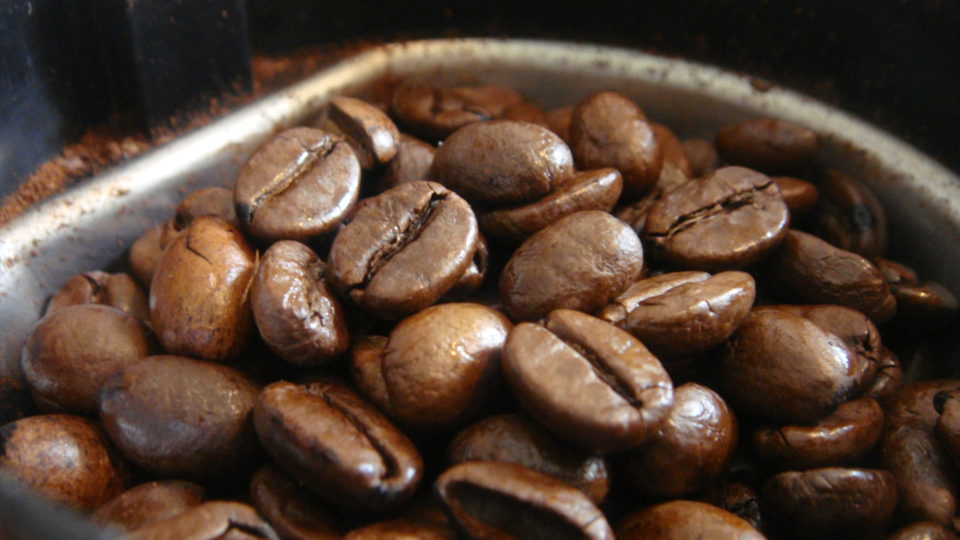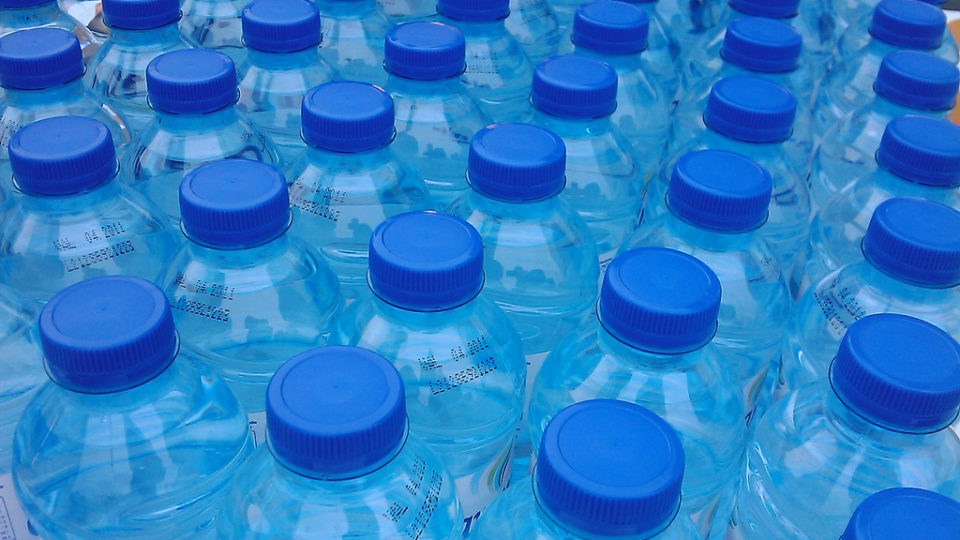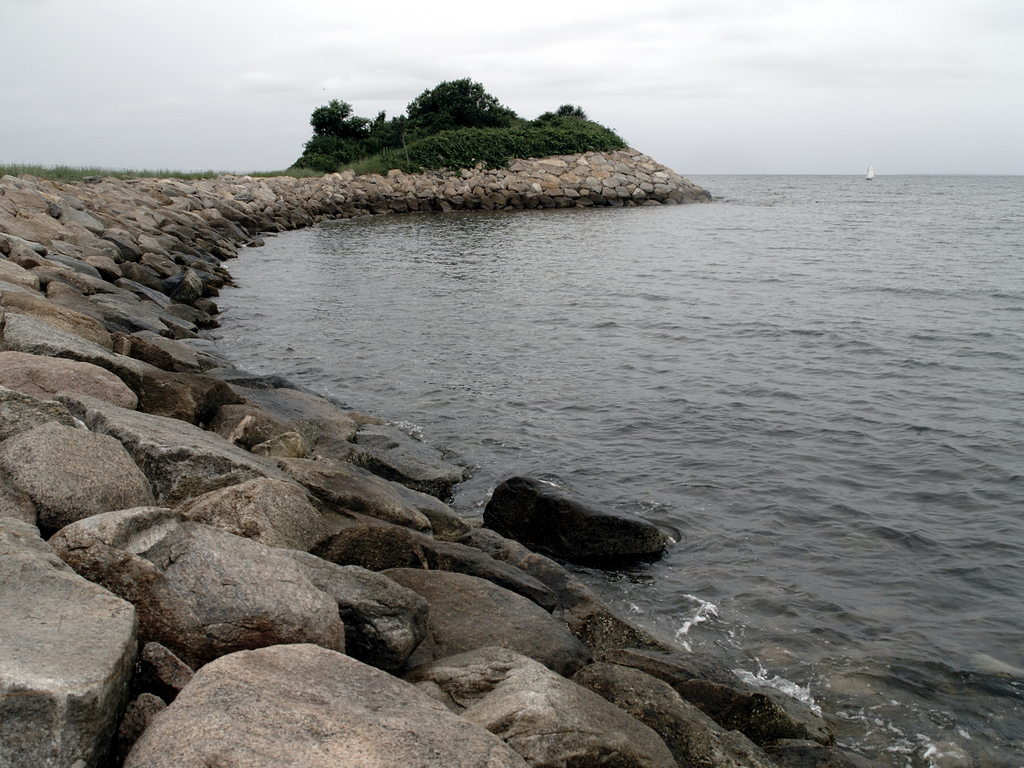While plastic comes in all different shapes and sizes, those that are less than five millimeters in length are called microplastics. Primary sources of microplastics include microfibers from clothing, microbeads, and plastic pellets (known as nurdles). Secondary sources of microplastics come from larger plastic debris, like bottles and bags, that degrades into smaller bits over time.
Microplastic pollution can be found everywhere on earth, from the top of the tallest mountains to the bottom of the deepest oceans. Microplastics are in the food we eat, the water we drink, and the air we breathe.
According to research recently published in the journal Exposure & Health, humans ingest an average of five grams of plastic particles per week. This is roughly equivalent to the weight of a credit card. The plastic particles are trafficked in via food, such as seafood and salt in particular, as well as water. In fact, those who rely on plastic bottled water for their drinking needs ingest an additional 1,700 plastic particles each week.
Microplastics have also been detected in human blood for the first time. According to new research recently published in the journal Environment International, scientists detected microplastics in nearly 80% of the people they tested.
Half of the blood samples contained PET plastic, which is commonly used for drinking bottles. One third of the blood samples contained polystyrene plastic, which is often used for food packaging. One quarter of the blood samples contained polyethylene plastic, which is used to make things like shopping bags and detergent bottles.
With plastic production predicted to double by 2040, more research is urgently needed to understand how ingesting microplastics affects human health.
**********
Web Links
Health risk due to micro- and nanoplastics in food
Microplastics found in human blood for first time
Discovery and quantification of plastic particle pollution in human blood
Photo, posted November 3, 2012, courtesy of Laura via Flickr.
Earth Wise is a production of WAMC Northeast Public Radio.
